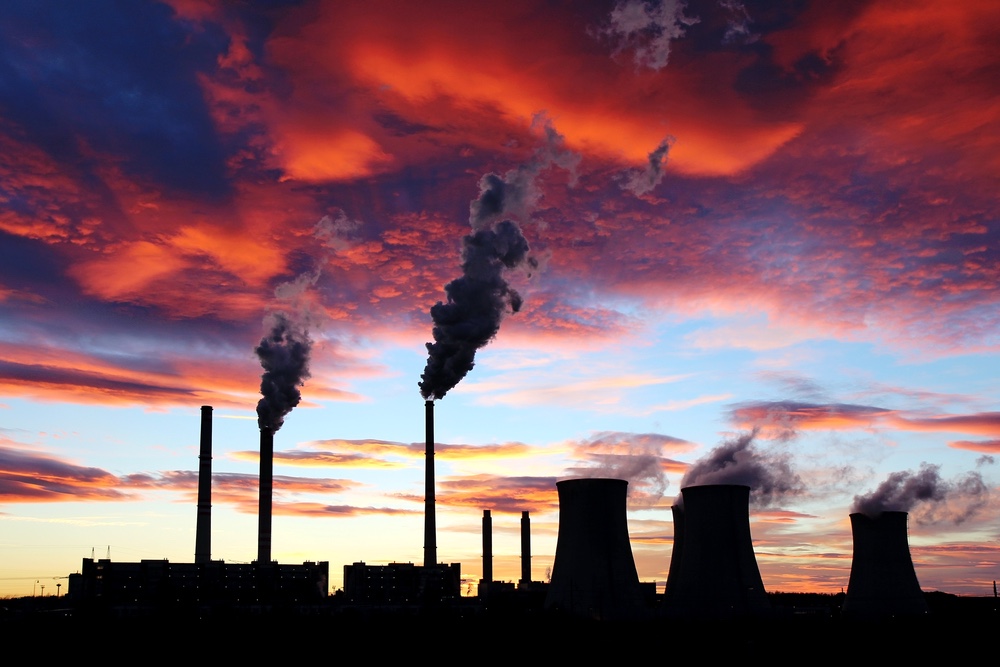Global Coal Production Takes a Dive

If the Trump administration wants to bring back American coal jobs, it's got its work cut out for it.
Global coal production plunged by the largest percentage on record in 2016 amid flat demand for energy and inroads by cleaner sources of power, the oil major BP reported Tuesday. Coal production worldwide fell by more than 6 percent as the black rock's share of world energy production fell to its lowest level since 2004, according to BP's annual Statistical Review of World Energy.
Slower economic growth in China and a move away from coal in North America and Europe dimmed the fuel's prospects, resulting in a second straight year of decline. Worldwide, coal's share of the world's energy consumption fell for the second year in a row, down 1.7 percent to 28.1 percent.
A large part of the reason is that the amount of energy the world consumed barely budged — it grew only 1 percent in 2016, BP's chief economist, Spencer Dale, said in comments accompanying the report.
"That's the third consecutive year where we've had growth of 1 percent or so, which is roughly half the rate we've seen over the previous 10 years," Dale said. Almost half of that 1 percent came from China and India, which have been industrializing rapidly over the past two decades.
RELATED: The Twilight of American Coal and the Rise of Renewables
And while non-hydroelectric renewable sources like wind and solar power made up only 4 percent of the world's energy in 2016, they made up almost a third of the increase in primary energy consumption. That tracks with an April report by the UN Environment Program and analysts from Bloomberg New Energy Finance and Germany's Frankfurt School, who reported that renewable power made up 55 percent of new electric capacity last year as prices for those technologies fell sharply.
Sign up for the Live Science daily newsletter now
Get the world’s most fascinating discoveries delivered straight to your inbox.
Despite coal's slump and the boom in renewables, fossil fuels still account for more than three-quarters of the world's energy. But that's down from about 85 percent in 2015, and renewables, hydroelectric and nuclear power are expected to make up half the growth in energy supplies in the next two decades, BP said.
The combination of flat demand, reduced coal use, and more renewables coming online meant the amount of planet-warming carbon dioxide from energy use grew only a tenth of 1 percent in 2016. That's the third year in a row emissions have been effectively flat, and the lowest emissions growth of any three-year period since the early 1980s, BP concluded.
In this year's report, BP reiterated its support for the Paris climate accord, in which nearly every country pledged to reduce CO2 emissions, or at least emissions growth. That declaration comes two weeks after President Donald Trump — who was elected in part on pledges to revive the staggering US coal industry — announced that his administration would pull out of Paris.
RELATED: A High-Profile 'Clean Coal' Project Staggers, as Trump Seeks to Slash R&D Funds
But sending more Americans down into the mines may be an uphill climb: US coal production dropped 9 percent in 2016, with more power plants shifting toward cheap natural gas, and BP expects global coal consumption to peak in the mid-2020s.
China — now the world's biggest source of carbon emissions — saw its coal consumption fall by 1.6 percent as its economic growth slowed. And Britain burned less coal in 2016 than at any time since the early years of the Industrial Revolution: For one day in April, the country's electric power sector used none at all, BP said.
Originally published on Seeker.










